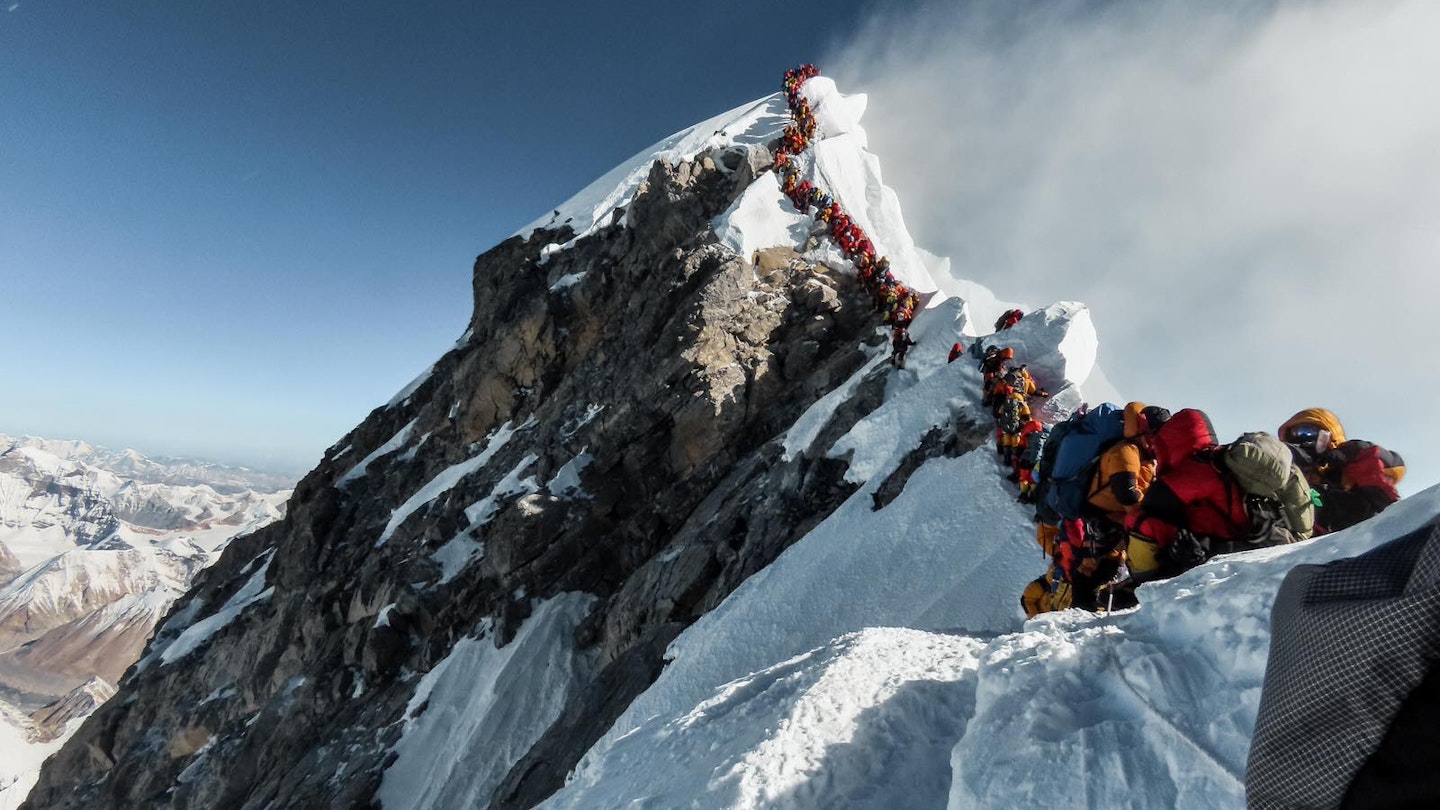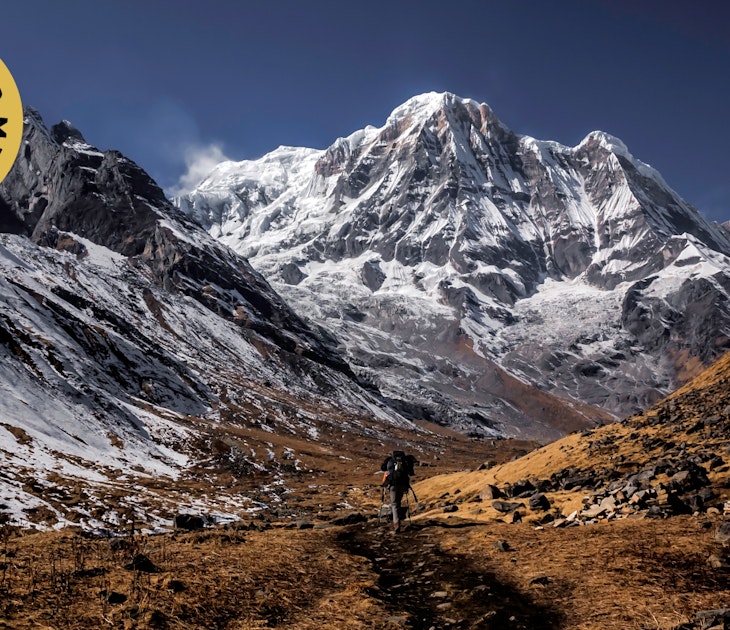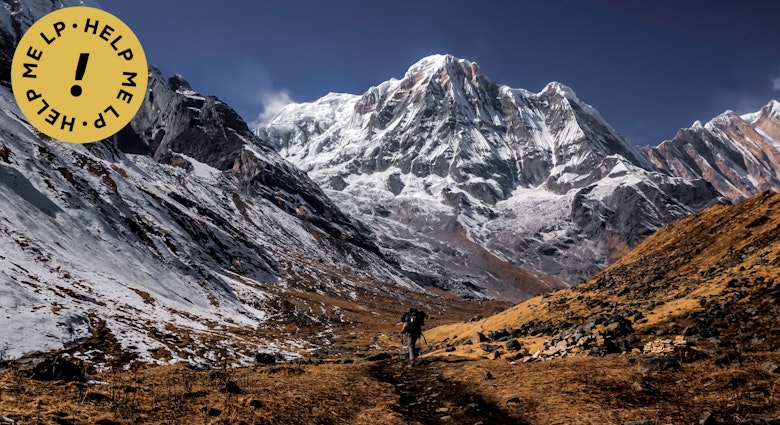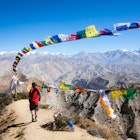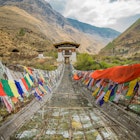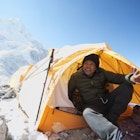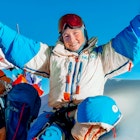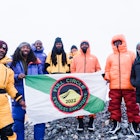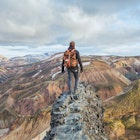The image of the lonely mountaineer, struggling against adversity to claim the summit, has taken a few knocks in recent weeks. When Nepali mountaineer Nirmal Purja posted a photo on Twitter of the queues he passed on his way to and from the summit of Everest on 22 May, he started a snowball rolling that has since turned into a media avalanche.
As the photo went viral, the world looked on with astonishment at the sight of more than a hundred climbers in multi-coloured expedition suits, jamming every safe resting point on what should be one of the loneliest places in the world. Newspaper front pages across the globe filled with headlines about traffic jams on the top of the world’s highest mountain.
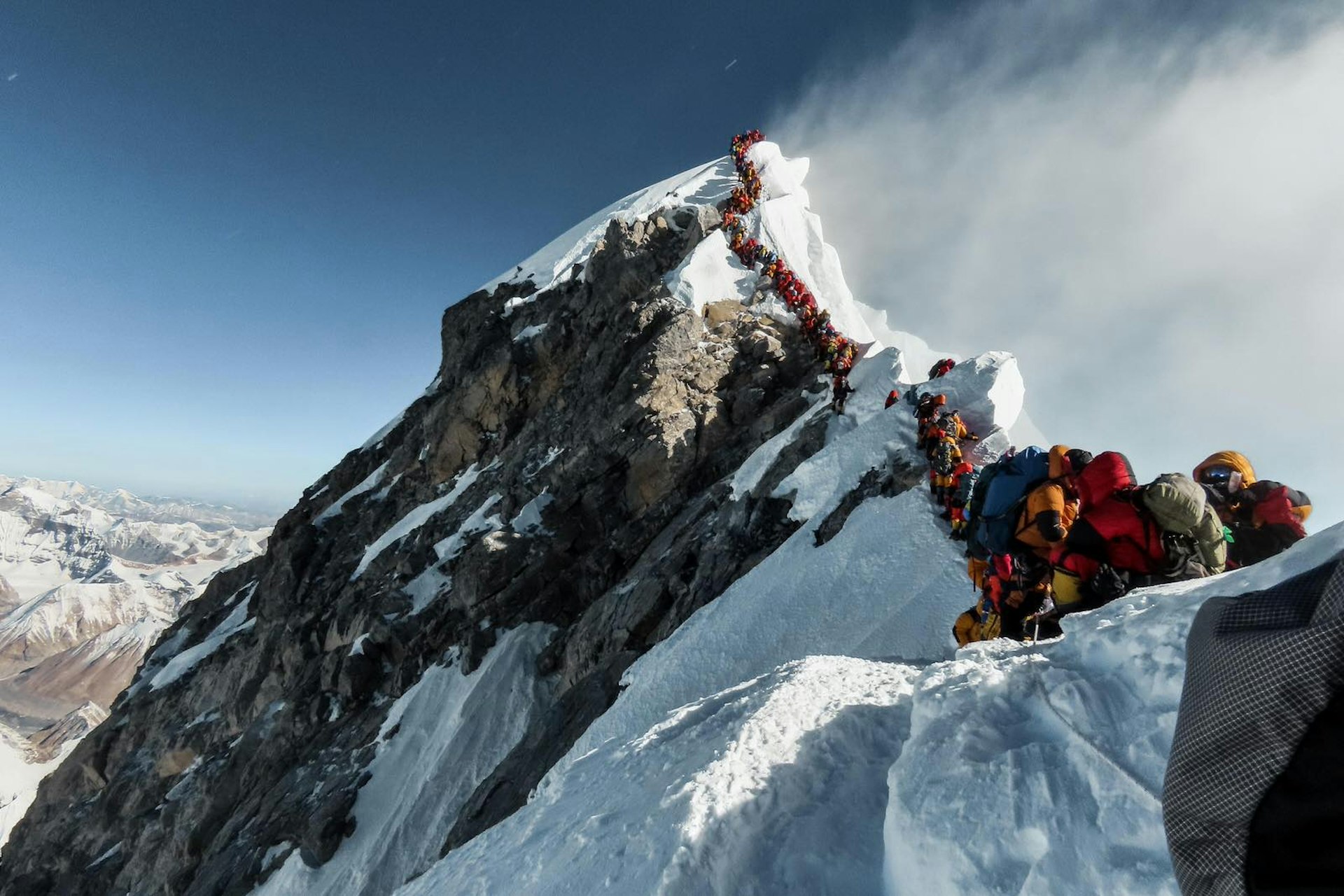
A deadly season
But the jokey tone soon turned serious. Irish climber Séamus Lawless and Indian climber Ravi Thakar had already died on the mountain by the time Nirmal Purja reached the summit on 22 May for Project Possible, an ambitious attempt to climb all the world’s 8000m peaks in one seven-month season to raise money for Nepali veterans and disadvantaged children. By 30 May, the death toll on Everest had reached 11, more than double the toll during the 2018 season, with most fatalities on the crowded southern route from Nepal.
‘Everest was the fourth peak I climbed for Project Possible and I have never seen a mountain so crowded,' said Purja. ‘Obviously it is dangerous. The more people you have on a mountain, the more time you spend standing still in the cold using up your vital oxygen.’
Prolonged time at altitude was a factor in the majority of the deaths on Everest so far this year. American climber Donald Cash succumbed to altitude sickness and Indian climber Anjali Kulkarni perished from exhaustion on 22 May. Indian climbers Nihal Bagwan and Kalpana Dash and Austrian climber Ernst Landgraf also died from exhaustion as they descended from the summit on 23 May. Altitude sickness claimed Irish climber Kevin Hynes and Nepali guide Druba Bista on 24 May. British climber Robin Fisher died from exhaustion on 25 May and American climber Christopher Kulish suffered a fatal heart attack on the South Col on 27 May.
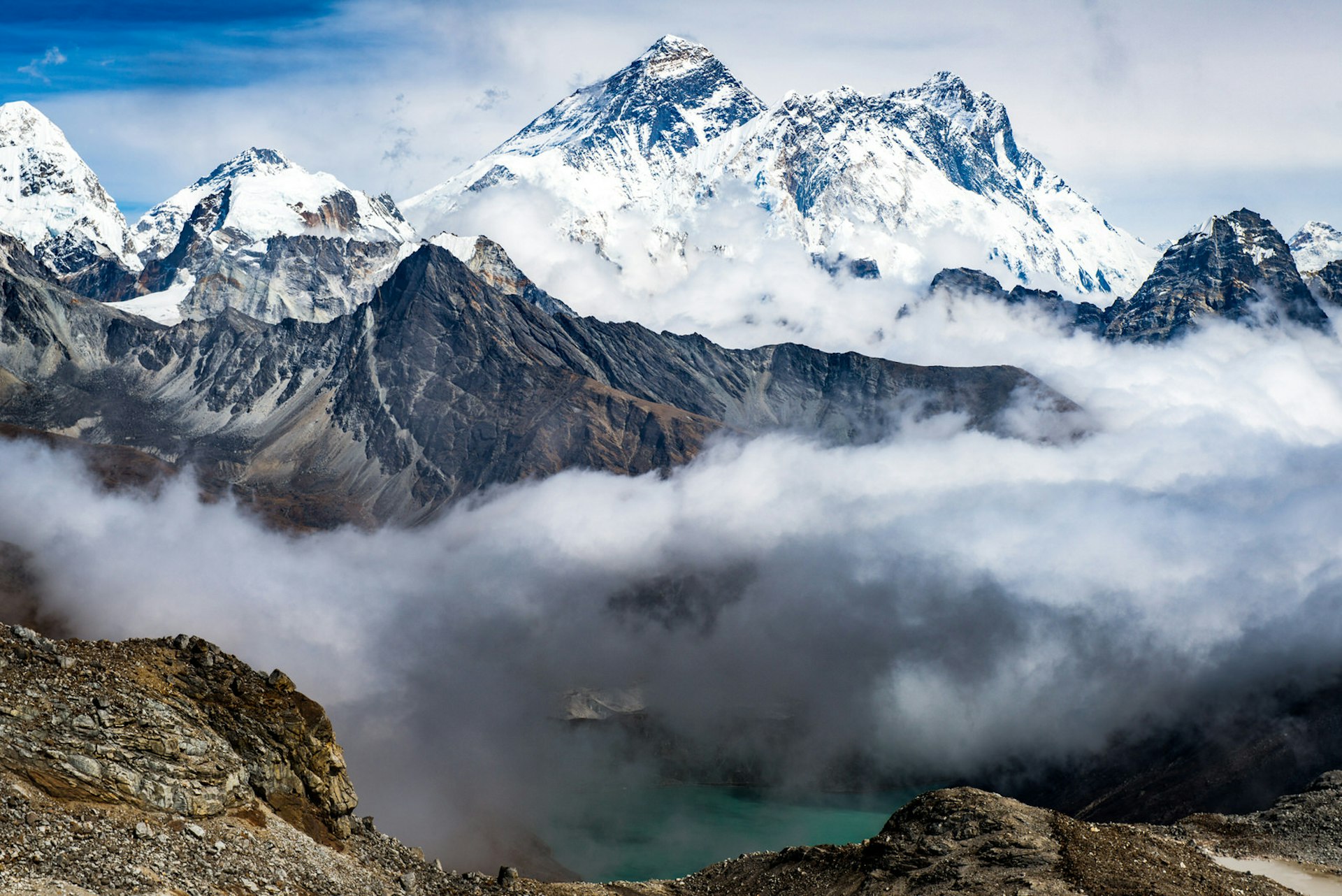
Overcrowding and summit fever
The first few deaths were put down to the inherent risks of climbing this close to the limits of human endurance – it is often said that human beings were simply not meant to live in the oxygen-starved conditions of the so-called Death Zone above 8000m. But as the list of fatalities grew, the discussion turned quickly to overcrowding, and the sheer number of expeditions pushing for the summit during the 2019 ‘window’ – a narrow period of clear weather when monsoon winds in the Bay of Bengal push the jet stream north, reducing wind speeds at the top of the mountain.
Newspapers began talking about ‘summit fever’ – an all-consuming desire to reach the top, despite clear signs of the risks outweighing the chances of success. This was almost certainly a factor in the 1996 Everest disaster, when eight climbers lost their lives as expeditions pushed for the summit well past the accepted safe time window for ascents. At the time, it was the worst disaster in Everest mountaineering history, before an avalanche killed 16 Sherpa guides on the Khumbu icefall in 2014 and 18 climbers perished at Everest Base Camp during the 2015 earthquake.
‘When you are climbing you have to know your own body,’ warns Nirmal Purja. ‘Many people focus on getting to the summit but you have to listen to your body too. Safe climbing is 100% about knowing when to turn around – for your own safety and for the safety of your Sherpa guides.’
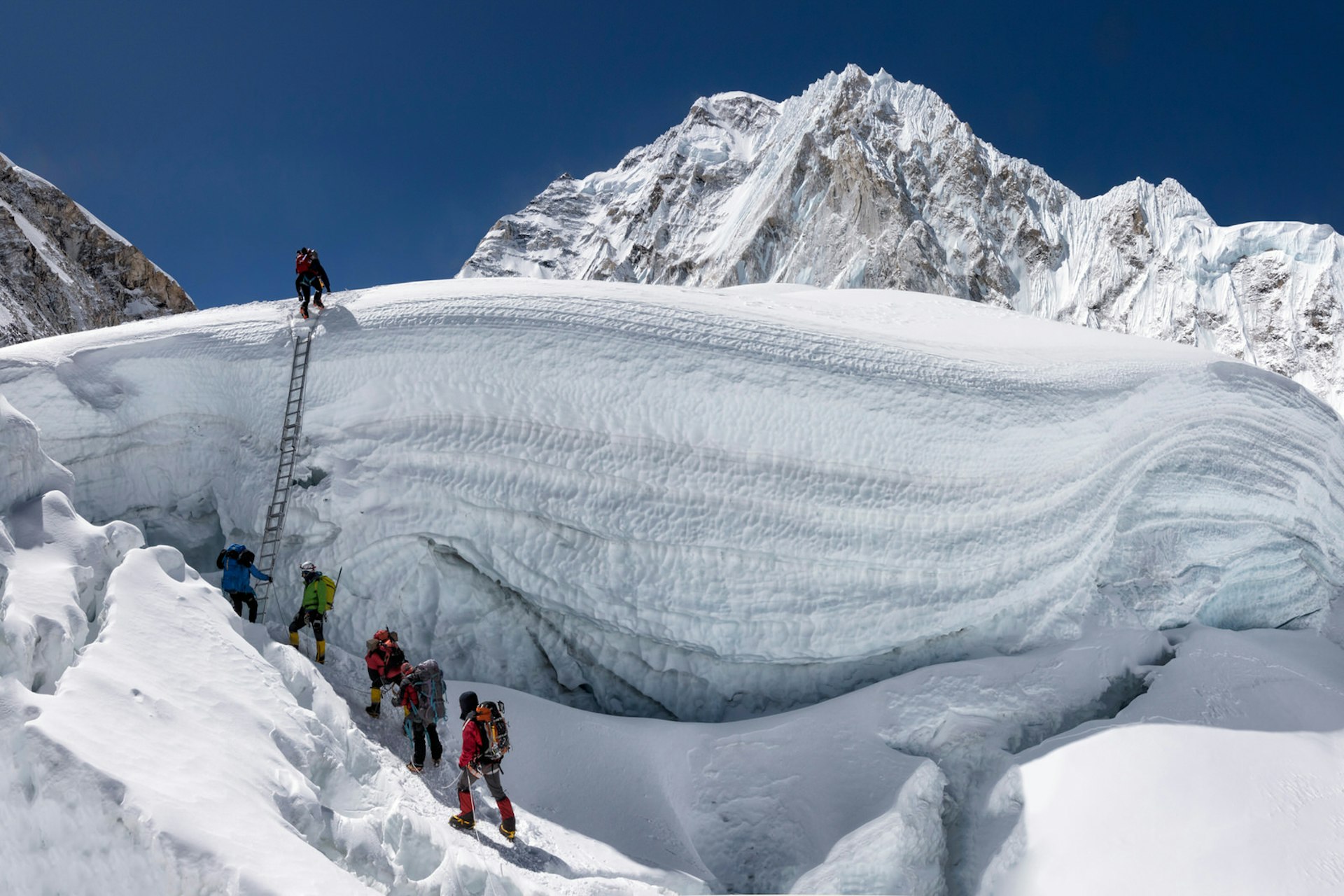
Perils of altitude
A similar obsession with reaching Everest has played a part in many fatalities on the popular – and generally safe – trekking route to Everest Base Camp (EBC). Acute Mountain Sickness (AMS) can be a risk anywhere above 2500m, but many walkers ignore the telltale symptoms in the rush to finish the trek to schedule. Between two and five people die each year on the EBC trek from a condition that could be treated by simply stopping and descending to a lower elevation.
In the case of mountaineers, the risks are magnified by the massive increase in altitude. At 8000m, the number of oxygen molecules in each lungful of air is roughly a third of the number of molecules at sea level, leading to serious medical symptoms and ultimately death after prolonged exposure. Even with supplementary oxygen, most climbers are in the early stages of mountain sickness by the time they leave Base Camp IV for the summit.
This is one reason that overcrowding at the summit is such a dangerous factor. The majority of the deaths in 2019 have been attributed by expedition leaders to climbers spending too long in the Death Zone above 8000m because of overcrowding at key bottlenecks during the final stages of the ascent – particularly along the Cornice-Traverse from the South Summit – or while descending to Base Camp IV.
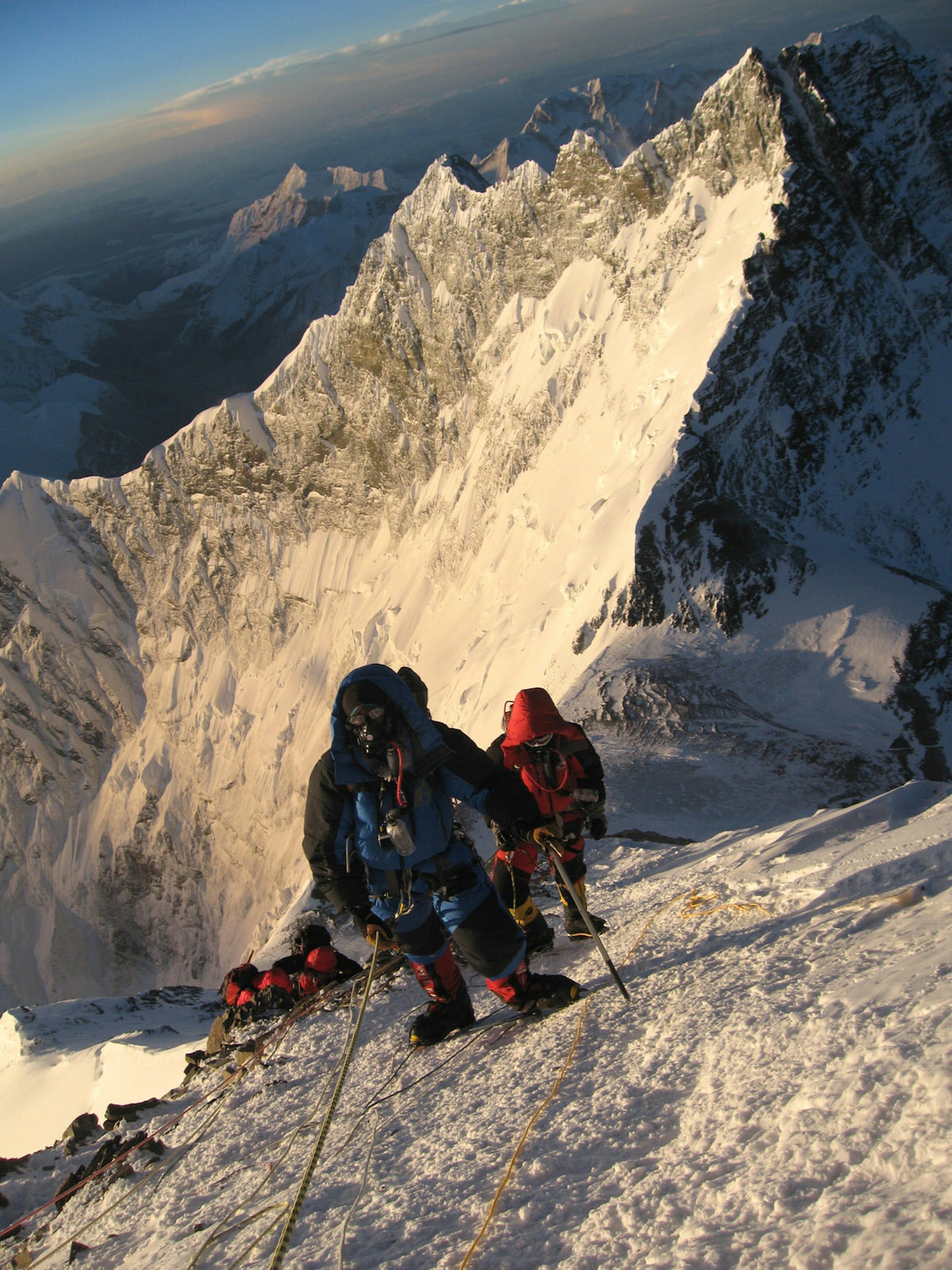
Changing priorities on Everest
Climbing Everest has changed dramatically since Edmund Hillary and Tenzing Norgay made the ground-breaking first ascent on 29 May 1953. At that time, only one or two expeditions were allowed into Nepal each year, and out of the 400 people involved in the 1953 Hunt Expedition, Hillary and Tenzing were the only two to stand on the summit.
Today, climbing Everest has become a commodity, and inexperienced climbers are willing to pay huge fees for an almost guaranteed chance at the summit. The price per climber for an Everest expedition ranges from US$25,000 to over US$100,000. With these huge fees, and growing numbers of budget agencies undercutting experienced expedition teams, the pressure on agencies to get amateur climbers to the top is growing every year.
Although all climbers on Everest are required to obtain a permit from the government of Nepal, there is presently no cap on the number of climbers who can attempt the climb in a season. A record 381 permits were issued to Everest climbers in 2019, and calls are now growing for the Nepali government to step in and limit the number of permits issued each year, to prevent another deadly season on the world’s highest mountain.

